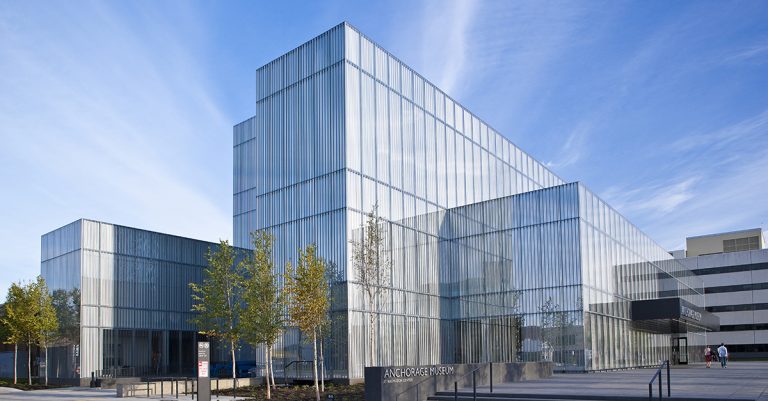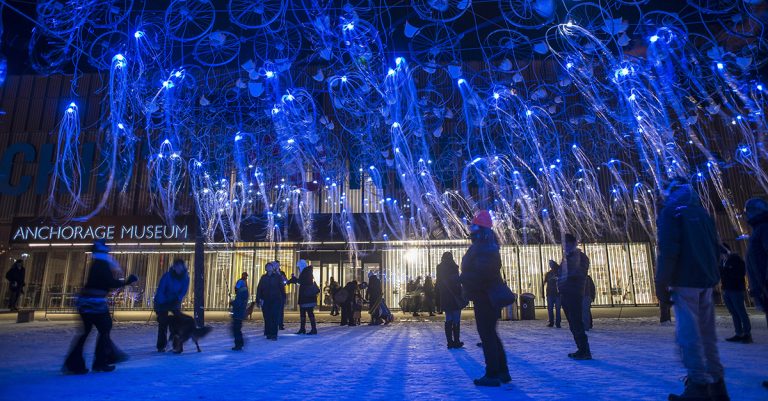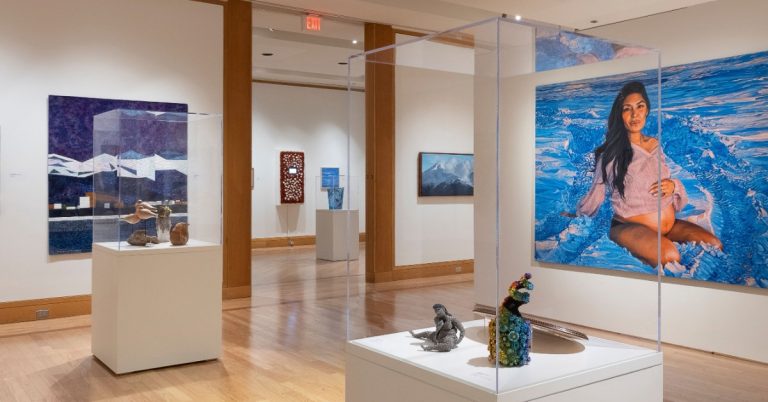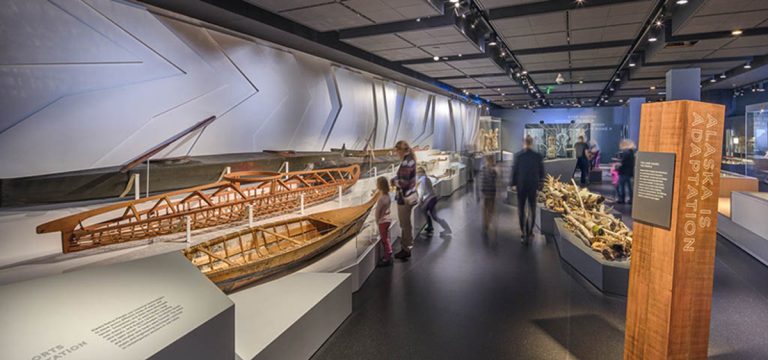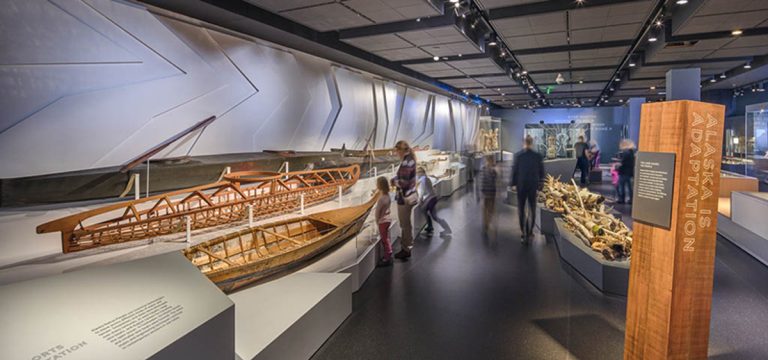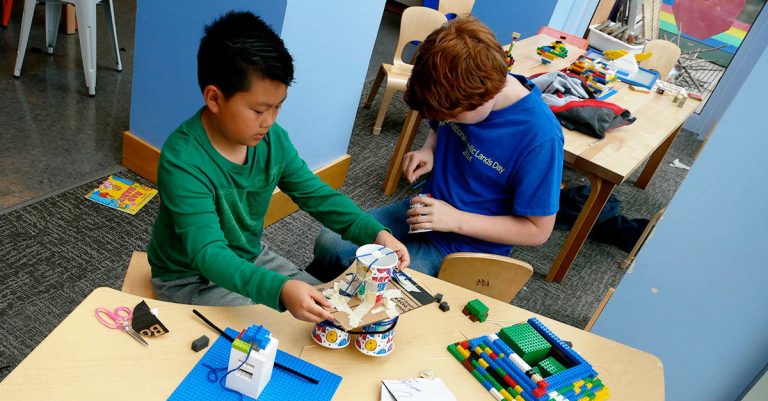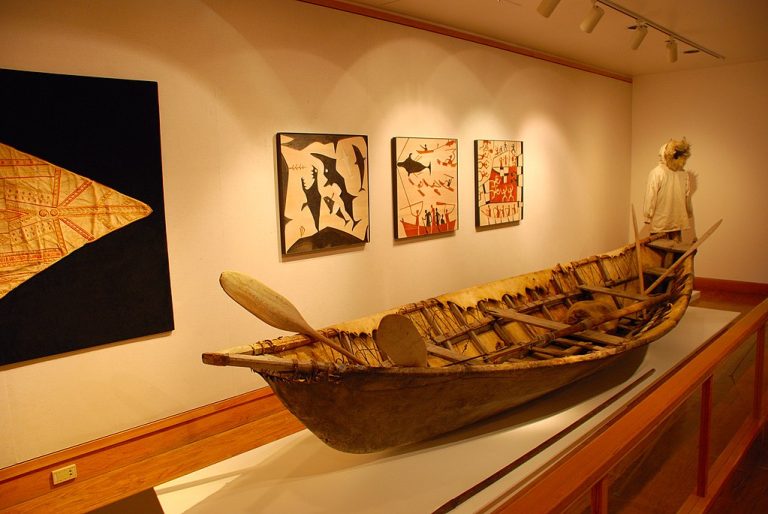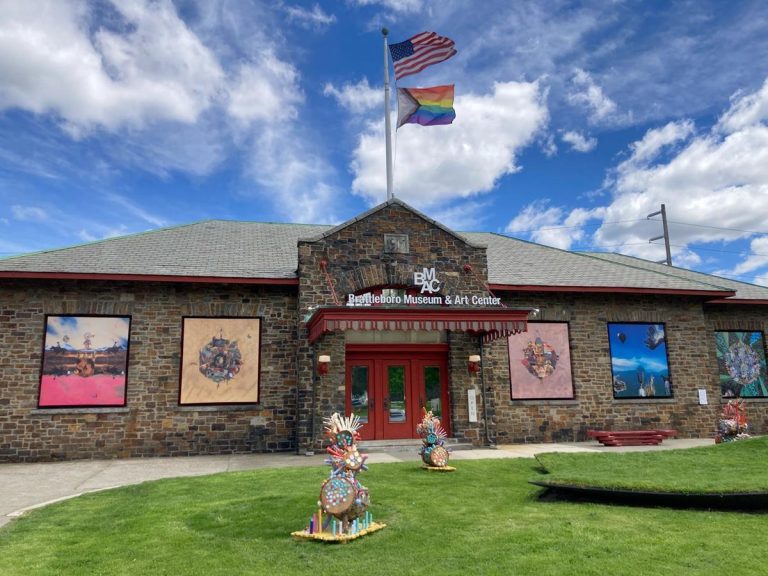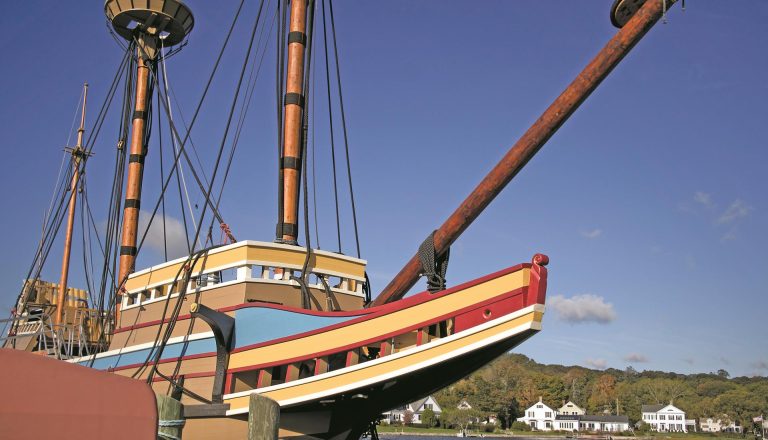The Anchorage Museum at Rasmuson Center provides an inspiring setting for students to delve into science, history, art, and culture. Through interactive exhibits, planetarium shows, and immersive educational programs, young learners can connect classroom concepts with real-world applications in a way that sparks curiosity.
A visit to the museum reveals a range of subjects, from the physical and natural sciences to Alaskan cultural heritage. Students explore the Imaginarium Discovery Center, an engaging space full of hands-on science exhibits covering physics, engineering, and beyond, where they can experiment with kinetic energy or investigate how light and sound interact. In the Smithsonian Arctic Studies Center, they encounter artifacts representing Alaska’s Indigenous groups, fostering respect for the region’s diverse cultural history.
The planetarium, boasting advanced projection technology, introduces the wonders of astronomy, allowing students to visualize the solar system, distant galaxies, and cosmic phenomena in alignment with national science standards. Teachers can select from numerous programs—guiding tours, workshops, interactive demos, and more—to reinforce essential learning goals. In addition, the museum offers virtual programming for schools unable to attend in person. This online experience features live sessions and Q&A opportunities, so remote learners can still explore science, art, and Alaska Native cultures from afar.
Educators have access to teacher resources like lesson plans, activity guides, and professional development workshops, ensuring they can fully integrate museum content into their curricula. A field trip to the Anchorage Museum immerses students in creativity and critical thinking, motivating them to explore beyond traditional classroom boundaries and fostering a lifelong enthusiasm for discovery.Teachers planning a field trip to the Anchorage Museum can expect their students to be immersed in an environment where learning extends beyond the traditional classroom experience. The museum’s exhibits are designed to spark curiosity and encourage students to think critically about the world around them. Students will explore topics ranging from the natural sciences to cultural history and contemporary art.
One of the museum’s standout features is its science and technology exhibit, which invites students to delve into the scientific processes that shape our world. The Imaginarium Discovery Center is an interactive space within the museum where students can engage with hands-on exhibits related to physics, engineering, and technology. From experimenting with kinetic energy to exploring the wonders of light and sound, students can put their knowledge to the test in an exciting, fun-filled environment.
The museum’s Smithsonian Arctic Studies Center offers a deeper dive into Alaska’s rich cultural heritage. This exhibit showcases artifacts and stories from Alaska Native cultures, allowing students to better understand the region’s history and indigenous peoples. This is an invaluable opportunity for students to connect with local history and develop respect for different cultures.
Additionally, the museum’s planetarium, the 120-seat Orrery, offers an immersive experience in astronomy. With advanced projection technology, students can explore virtual space and learn about the solar system. The planetarium’s shows are designed to align with national science education standards, making them a perfect addition to lessons on astronomy, space exploration, and physics.
The Anchorage Museum is committed to supporting teachers with various educational programs that can be customized to meet specific classroom needs. These programs include guided tours, workshops, and interactive science demonstrations reinforcing concepts across different subjects. Museum staff can lead discussions and engage students in meaningful dialogue about the exhibits, enhancing critical thinking and problem-solving skills. The museum also offers programs focused on art, history, and cultural heritage, giving students a well-rounded educational experience.
In addition to in-person field trips, the Anchorage Museum provides virtual programming for schools that cannot visit the museum in person. These online sessions allow students to engage with museum educators through live, interactive presentations exploring science, art, and culture topics. Virtual tours, Q&A sessions, and live demonstrations provide an accessible way for remote students to experience the museum’s resources from anywhere.
The Anchorage Museum also offers a range of teacher resources, including lesson plans, activity guides, and other digital content to help integrate the museum’s exhibits into classroom learning. Professional development workshops for educators are available to support the integration of museum resources into STEM and arts education.
A field trip to the Anchorage Museum at Rasmuson Center allows students to explore a rich and diverse world of knowledge, stimulating curiosity and fostering a lifelong love of learning. By encouraging hands-on experiences and offering immersive educational programming, the museum empowers both students and teachers to expand their horizons and engage with the world in innovative and meaningful ways.


